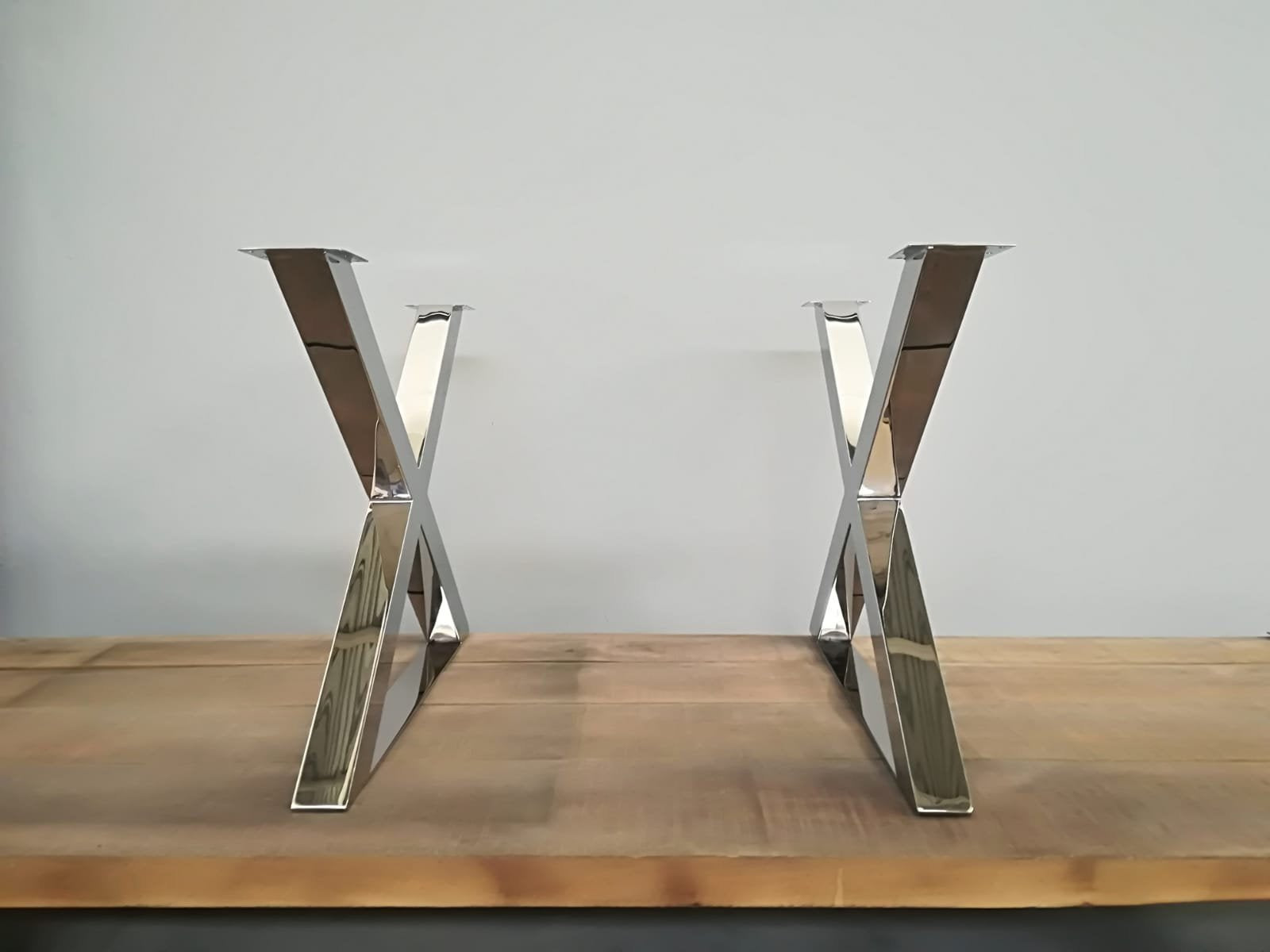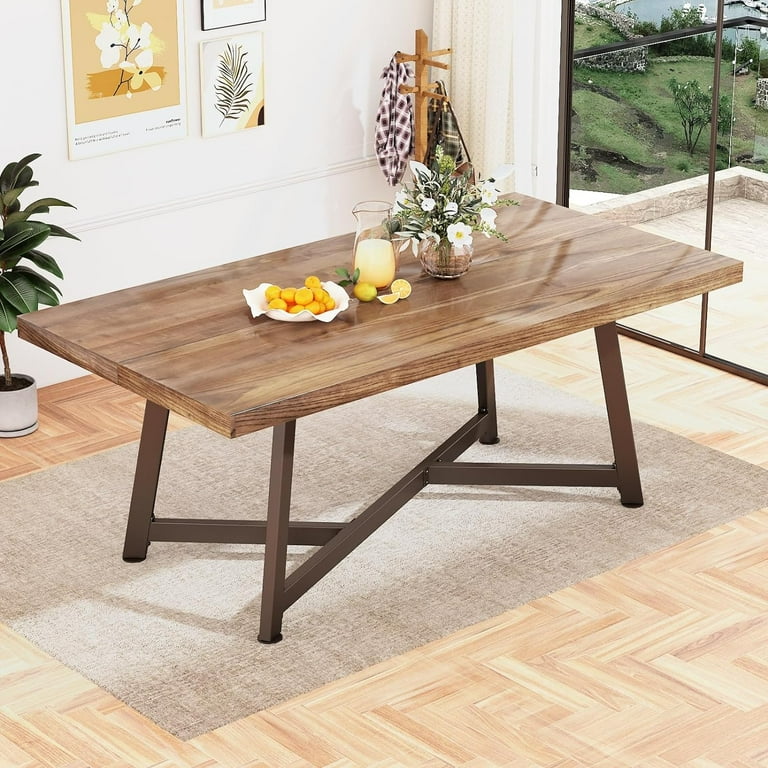Professional Tips for Setting Up Dining-room Table Legs for Optimum Security
When it concerns mounting eating room table legs, accomplishing maximum stability is paramount for both performance and looks. The process begins with picking the best materials and hardware, adhered to by precise placement and consideration of weight circulation. Each step plays a critical function in making certain that the completed item endures everyday use without endangering safety or design stability. Understanding the nuances of these elements can significantly influence the overall outcome. What details strategies can improve stability also additionally?
Select the Right Legs
When picking the proper legs for your dining space table, it is vital to take into consideration both capability and aesthetics. The legs you select will dramatically influence the overall style and stability of the table. Examine the table's meant usage; if you anticipate frequent events, stronger legs, such as those made from solid timber or metal, might be much more appropriate, as they supply raised toughness and assistance.
Basic eating tables normally range from 28 to 30 inches in height, so make certain the legs line up with this criterion for comfort. Conical legs can add a contemporary touch, while turned legs might convey an extra classic visual.

Select Appropriate Equipment
Exactly how can the ideal equipment improve the stability and long life of your dining room table? The choice of proper hardware is crucial to making certain that the legs of your table are securely attached and able to hold up against regular use. High-quality screws, bolts, and braces offer the essential toughness to support the weight of the table, along with any extra lots put upon it throughout celebrations or meals.
When picking screws, opt for those made from sturdy materials such as stainless-steel or brass, which resist rust and maintain honesty with time. The length of the screws is equally essential; they must permeate deeply into the table's framework without jeopardizing integrity. For bolted links, consider making use of lock washers to avoid loosening because of vibration or movement.
In addition, making use of edge brackets can include additional support, especially for bigger tables or those with heavier tops. These braces distribute weight uniformly and assist maintain the table's form. Ensuring that the hardware you select is ideal for the details materials of your table will certainly further boost its overall security and longevity, allowing you to enjoy your dining experience for several years to come.
Ensure Proper Placement
Appropriate positioning of dining room table legs is vital for both visual appeal and useful stability. Misaligned legs can lead to an unequal table top, which may not just be visually unappealing however likewise compromise the table's functionality. To achieve optimal important site alignment, start by measuring the distance from the table's edges to the leg accessory points. This makes sure that each leg is positioned equidistant from the edges, creating a balanced appearance.
Use a degree throughout setup to validate that each leg is perpendicular to the tabletop. This step is critical, as even small disparities can escalate right into considerable security concerns over time. It is a good idea to mark the wanted leg positions on the bottom of the table with a pencil or concealing tape before securing them. This method acts as a visual guide, enabling for changes as required.
In addition, double-check the alignment after the initial screws are tightened up, as changes might be necessary prior to completely safeguarding the equipment. By focusing on correct placement, you not only boost the table's general style however additionally make certain that it continues to be secure and useful for years to come.

Consider Weight Distribution
After ensuring correct alignment of the dining-room table legs, it is necessary to consider weight circulation to improve stability and performance. dining room table legs. Appropriate weight distribution is critical in stopping making sure and wobbling that the table can sustain its desired lots without danger of tipping or collapsing
When placing the legs, ensure they are placed at equivalent distances from the facility of the table to uniformly distribute the weight across the framework. Consider the weight of the table top and any things that will regularly rest on it, such as decorative pieces or tabletop home appliances. Tables with much heavier surface areas must ideally have legs located closer to the corners, as this makes the most of the base of support and reduces the danger of instability.
In addition, if the table is meant for usage in a high-traffic area, think about making use of heavier materials for the legs or including stabilizing aspects, such as navigate to this website cross-bracing or a reduced rack - dining room table legs. These adjustments can assist keep equilibrium and avoid shifting during use. Inevitably, a well-considered weight circulation method will substantially boost the table's overall performance, ensuring it remains a useful and attractive focal point for your eating space
Test Stability Before Usage
Evaluating the stability of the dining-room table prior to usage is an important action that needs to not be forgotten. Guaranteeing that the table is secure and safe can prevent mishaps and extend the life expectancy of the furnishings. Begin by using mild pressure to different points on the table surface area. Press down on the center and after that along the sides, moving or observing any type of wobbling. Recognize the legs or joints that may require adjustment. if the table reveals instability.
Next, examine that all fasteners and screws are tightened effectively. Loosened links can bring about instability and possible damage over time. If required, utilize wood adhesive on joints to improve stability, making sure to permit appropriate drying time.

Conclusion
In conclusion, the installment of dining-room table legs requires careful factor to consider of products, alignment, equipment, and weight circulation to attain maximum security. By picking durable legs and high-grade fasteners, making sure specific placement, and dispersing weight uniformly, the architectural honesty of the table can be considerably improved. Performing a stability test prior to routine use even more ensures that the table will endure daily stress, thus offering a trusted and secure dining experience.
When it comes to setting up eating space table legs, attaining maximum stability is critical for both performance and looks. The legs you choose will considerably affect the general design and stability of the table (dining room table legs). Basic dining tables usually range from 28 to 30 inches in height, so ensure the legs align with this requirement for comfort.Proper placement of eating space table legs is crucial for both visual charm and practical stability.In verdict, the installation of eating space table legs requires mindful visit this page factor to consider of products, weight, equipment, and placement circulation to accomplish maximum security